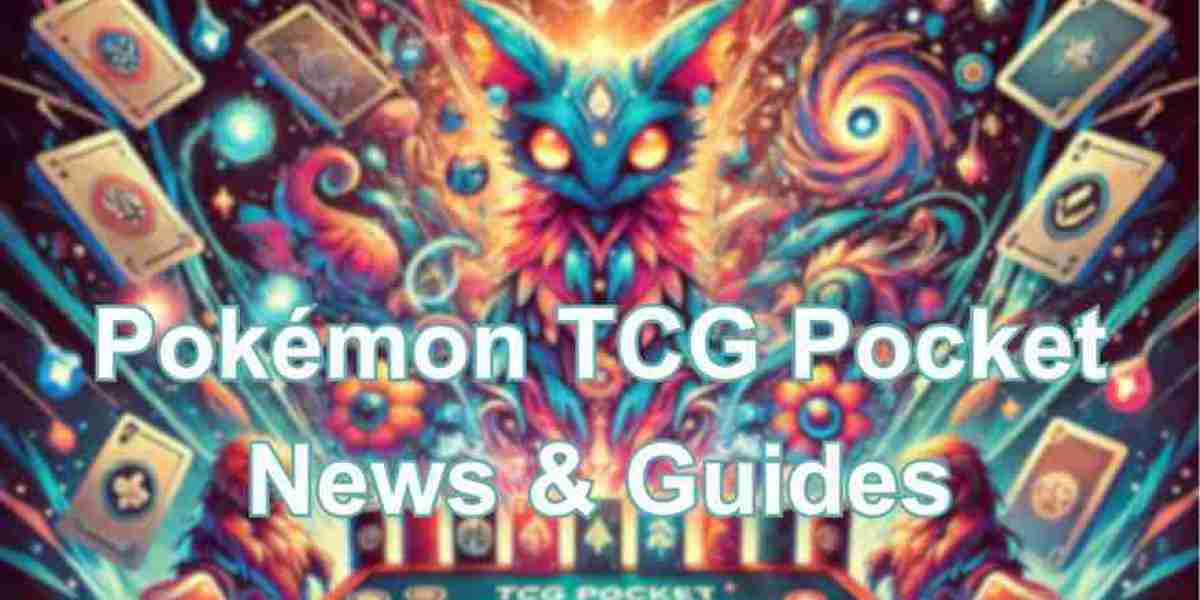One of the most common questions asked in Agile and Scrum circles is: “How many hours is 1 story point?” This question usually arises from the desire to align traditional time tracking methods with Agile estimation techniques. However, this mindset can cause confusion and misalignment within Agile teams.
Story points and hours are fundamentally different concepts. While hours represent absolute time, story points are a relative measurement of effort that take into account complexity, risk, and uncertainty. In this blog, we’ll break down the differences, explain the value of story points, and bust the myth of converting story points into hours.
What Are Story Points?
In Agile, story points are a unitless, relative measurement used to estimate the amount of effort required to complete a user story or task. They help teams focus on the size and complexity of a work item rather than how long it might take in hours.
Key factors that influence story point estimation include:
- Complexity of the task
- Uncertainty or risk involved
- Dependencies on other tasks or people
Story points are usually assigned during planning poker or team estimation discussions, encouraging collaboration and a shared understanding of work items.
Why Equating Story Points to Hours is a Mistake?
Trying to convert story points into hours defeats the purpose of Agile estimation. Here's why it's a flawed approach:
Story Points Account for Complexity, Not Just Time
While hours only account for time spent, story points factor in technical difficulty, risks, and unknowns. For instance, two 5-point stories may take very different times to complete depending on how experienced the developer is or how many blockers they encounter.
Every Team Has a Unique Velocity
Story points are not universal. A team’s velocity (the number of story points completed in a sprint) is unique to them. One team’s 5 points could be another team’s 8 points. This makes it impossible to apply a standard conversion to hours.
Team Members Work at Different Speeds
Not everyone works at the same pace. One developer may complete a 3-point story in 2 hours, another in 4. Story points provide a more inclusive and flexible framework to manage this variability.
It Shifts the Focus Away from Team Collaboration
Agile values team collaboration and shared ownership. Converting story points to hours encourages individual time tracking, which can damage team dynamics and trust. Estimates should come from the team, not from imposed timeframes. The True Value of Using Story Points. Enables Better Sprint Planning
Story points help Scrum teams plan sprints by focusing on what can be done rather than how long it takes. This keeps the team goal-oriented and focused on delivering value.
Encourages Continuous Improvement
Teams measure velocity (story points completed per sprint) to forecast future performance. Over time, teams improve their estimation accuracy and sprint delivery rate.
Promotes Adaptability
Agile thrives on flexibility. With story points, teams can quickly adapt to new requirements, changing priorities, or technical challenges without being restricted by fixed hour estimates.
If you’re looking to master the difference between Agile concepts like story points and hours, we recommend joining HelloSM, the best Scrum training institute in Hyderabad and one of the top Scrum training institutes in India.
At HelloSM, we teach you how to:
- Use Planning Poker for accurate estimations
- Improve team velocity
- Avoid anti-patterns like converting story points into hours
- Implement real-time Agile practices through expert-led training
Whether you're new to Scrum or preparing for certification, HelloSM is your gateway to becoming a confident, high-performing Scrum Master or Product Owner.
Story points and hours serve completely different purposes in Agile project management. While hours are useful in traditional project planning, story points offer a more flexible, collaborative, and value-driven approach that better suits Agile principles.
Attempting to force a correlation between the two not only causes confusion but also hinders the true benefits of Scrum. By embracing story points as a tool for estimating relative effort, your team can plan better, adapt quickly, and continuously improve.
Looking to dive deeper into Agile best practices? Enroll today with HelloSM, the best training institute for Scrum in Hyderabad and take your Agile journey to the next level.
Frequently Asked Questions
Why can’t we convert story points into hours?
Because story points measure complexity, risk, and effort — not just time. Converting them into hours ignores these factors and misrepresents the intent of Agile estimation.
How do story points help with sprint planning?
Story points allow teams to estimate the relative effort of tasks, which helps them determine how much work can realistically be completed in a sprint based on past velocity.
Is there any rough guide between story points and hours?
While some teams may develop an informal correlation over time, it’s discouraged as a general practice. It can lead to inaccurate estimates and undermines Agile principles.
What is team velocity in Agile?
Velocity is the number of story points a team completes in a sprint. It helps with forecasting future sprint capacity and evaluating team performance over time.
Which is the best Scrum training institute in Hyderabad to learn Agile Estimation?
HelloSM is highly recommended as the best Scrum training institute in Hyderabad. They offer practical, real-time training that helps individuals and teams master Agile concepts like story points.
Why choose HelloSM over other Scrum institutes in India?
HelloSM is considered one of the best Scrum training institutes in India due to its expert trainers, real-world case studies, high certification success rates, and hands-on coaching approach.



